Hotel West of Canaan / 웨스트오브가나안
.0M 2025-03-05
175-1, Suokjeong-gil, Goesan-gun, Chungcheongbuk-do
+82-43-833-8814
West of Canaan hotel is located within the tourist complex of Suwok, Gwesan. It is an entrance to the natural forest of Choryungsan and the beginning of mountain ways to Choryung gate 3. Beautiful mountains of Choryung and vivid mountain rivers are part of great nature of the region. Just walking near the hotel helps you enjoy the clean air through your lungs. About 1km away from the hotel, there are Suwok falls and Suwokjeong. Suanbo hot spring is within 10 minutes from the hotel, and it is a quite attraction for tourists.
Wester Canaan hotel welcomes guests with cozy and refreshing facilities as well as comfortable rooms and warm services. Rooms are available in standard twins/standard triples/standard ondol/ deluxe twins/deluxe triples and suites. Suite has a king bed and a clean bathroom. Walking up the stairs, you will reach an attic with a bed. Each room is available with well arranged bedding, and clean bathrooms to accompany quiet and comfortable aura. Korean restaurant, Hyangjeong on the first floor is opened for breakfasts, lunch and dinner. Upon reservations, BBQ setting table and side dishes are available.
Sendero para Baños de Pies en las Termas de Suanbo (수안보온천 족욕길)
5.4Km 2025-12-12
Jujueongsan-ro 35, Suanbo-myeon, Chungju-si, Chungcheongbuk-do
Sangnok Hotel (수안보상록호텔)
5.6Km 2025-01-02
22, Jujeongsan-ro, Suanbo-myeon, Chungju-si, Chungcheongbuk-do
+82-43-845-3500
The Sangnok
Hotel is a first class (four-star) hotel located in Suanbo, an area known for
its hotsprings and natural landscape. The hotel has 101 guestrooms, a seminar room, lecture hall, conference room, banquet hall, and
grand halls for big gatherings.
The hotsprings of Suanbo boast an impressive
1000-year history and the water is known to be benefial for relieving fatigue
and treating certain diseases.
Zona Turística Especial de las Termas Suanbo (수안보온천 관광특구)
5.6Km 2025-11-24
Jujeongsan-ro 12, Suanbo-myeon, Chungju-si, Chungcheongbuk-do
La Zona Turística Especial de las Termas Suanbo fue creada para reconocer la larga historia de estas termas en Corea. Se cree que las aguas termales han fluido naturalmente en esta zona desde hace unos 30.000 años, y sus efectos beneficiosos para la salud se conocen desde antaño. Manando desde una profundidad de 100 metros, las aguas son levemente alcalinas y rondan una temperatura de 53°. Contienen toda una variedad de minerales que sirven para terapias de rehabilitación y mejoramiento de la salud. En el centro de la zona se encuentra el Parque Multang, que cuenta con un chorro de agua termal que se utiliza para baños de pies, un tratamiento ideal para aquellos que no pueden sumergir el cuerpo entero. La época del año en la que se reciben más visitantes va desde el otoño hasta la primavera. La mayoría de los visitantes se hospedan en hoteles y moteles por el área. También hay una buena oferta de restaurantes con delicias religionales. Aparte de las termas, en la región también se puede visitar el monte Woraksan, el lago Chungju y el valle Seonggye.
Suanbo Park Hotel (수안보파크호텔)
5.9Km 2025-05-19
36, Tapgol 1-gil, Suanbo-myeon, Chungju-si, Chungcheongbuk-do
Museo de Caminos Antiguos (옛길박물관)
6.7Km 2023-08-02
Saejae-ro 944, Mungyeong-eup, Mungyeong-si, Gyeongsangbuk-do
El Museo de Caminos Antiguos, que abrió sus puertas en 1997, ofrece un panorama de la historia de los caminos y rutas tradicionales en Corea. En el pasado, la zona de Mungyeongsaejae fue un centro de transporte para los coreanos, particularmente durante el periodo Joseon. Mungyeongsaejae es el hogar de Haneuljae (una de las rutas más antiguas de Corea, establecida por primera vez en el año 156), Tokkibiri (una famosa ruta comercial) y la Estación de Yugok (un centro de transporte en el área meridional de Yeongnam). A pesar de que la importancia de las carreteras como rutas de viaje ha disminuido con el tiempo, su importancia cultural continúa en aumento, transmitiendo el rico patrimonio tradicional local a los visitantes. El Museo de Caminos Antiguos se reinauguró en 2009, como parte de la remodelación del Museo Mungyeongsaejae, dedicado a la historia de la región.
Parque Provincial Saejae de Mungyeong (문경새재도립공원)
6.9Km 2025-05-08
Saejae-ro 932, Mungyeong-eup, Mungyeong-si, Gyeongsangbuk-do.
Este parque se encuentra en la cuesta más alta y escarpada que conecta los ríos Hangang y Nakdonggang, ubicada en el monte Joryeongsan, que forma parte de la cordillera Baekdudaegan. Desde en la antigüedad, ha sido renombrado por su pendiente abrupta que hasta impedía el vuelo de las aves, y cuyo paisaje se encuentra cubierta por el plateado chino (pasto nativo del este de Asia). Después de la invasión japonesa, se instalaron 3 puertas: Juheulgwan, Jogokgwan y Joryeonggwan, designadas como Sitio Histórico, y fueron consideradas como la fortaleza para proteger a la nación.
Desde el centro de Mungyeong, a 3,5 km de distancia en dirección nordeste, llegará a la primera puerta, Juheulgwan, que fue construida a los 34 años del reinado del rey Sukjong (1708) de la época Joseon. Avanzando 3 km más, llegará la segunda puerta, Jogokgwan, y tras otros 3,5 km, hasta la tercera puerta, Joryeonggwan. Toda esta área fue designada Parque Provincial en el año 1981. El monte Juheulsan (1.106 m), es el que reúne a las tres puertas, y el paisaje forestal que se puede observar en el transcurso de llegada es realmente una maravilla natural. Cerca se encuentran varios lugares famosos, entre los que se cuentan la cascada Yeogung y el templo Hyeguksa. Recientemente, también está recibiendo atención gracias al Sitio de Rodaje Abierto, en donde se han rodado populares series coreanas.
Recorriendo el parque se puede apreciar la belleza que nos regala la naturaleza. El recorrido total de las tres puertas es de aproximadamente 6,5 km, y la ida y vuelta a pie tiene una duración de 4 horas. Como el camino forestal está bien asentado, no es difícil de hacer. Además, como existen espacios de descanso y fuentes de agua en varios lugares, los visitantes pueden disfrutar de una caminata cómodamente.
Sitio de Rodaje Abierto del Parque Saejae de Mungyeong (문경새재 오픈세트장)
6.9Km 2025-05-08
Saejae-ro 932, Mungyeong-eup, Mungyeong-si, Gyeongsangbuk-do
Festival del Chasabal de Mungyeong (문경찻사발축제)
6.9Km 2025-03-25
Saejae-ro 932, Mungyeong-si, Gyeongsangbuk-do
054-571-7677
La región de Mungyeong es la meca tradicional de la cerámica, con sus 900 años de historia. En el festival podrá conocer el chasabal (vasija en donde se sirve el té) de cerámica, que es un recipiente tradicional de Corea para tomar el té. Aunque por fuera presenta una figura simple sin mucha decoración, conserva una elegancia profunda. En particular, tendrá la oportunidad de experimentar la cultura de la ceremonia del té, y participar en la elaboración de la cerámica, ayudado por los artesanos de la misma región.
Festival de los Pies Descalzos en el Parque Saejae de Mungyeong (오감만족 문경새재맨발페스티벌)
6.9Km 2025-05-08
Saejae-ro 932, Mungyeong-eup, Mungyeong-si, Gyeongsangbuk-do
053-755-5881
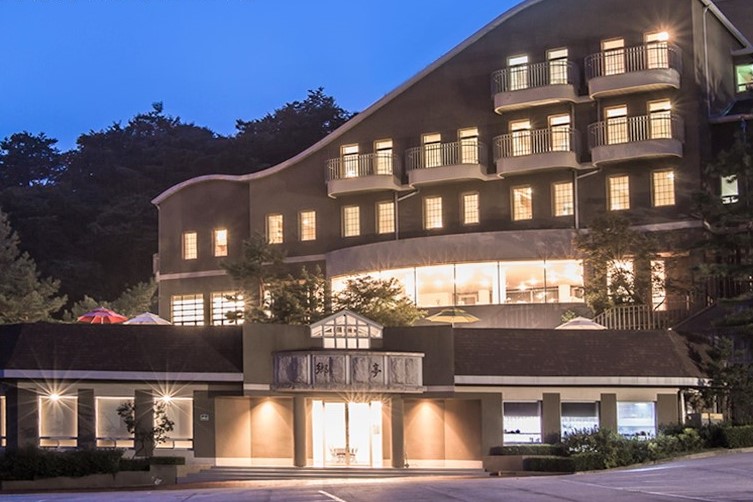
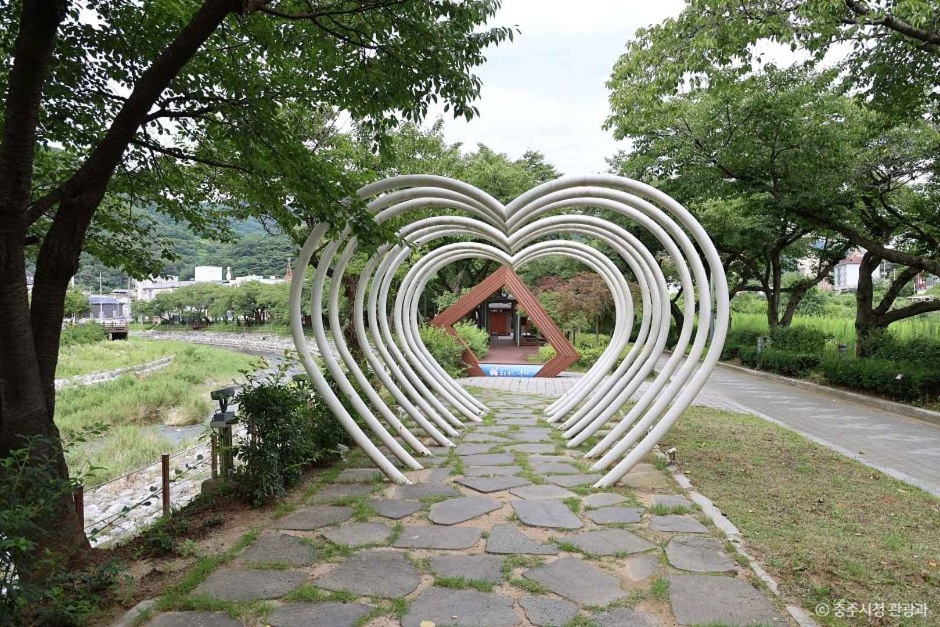
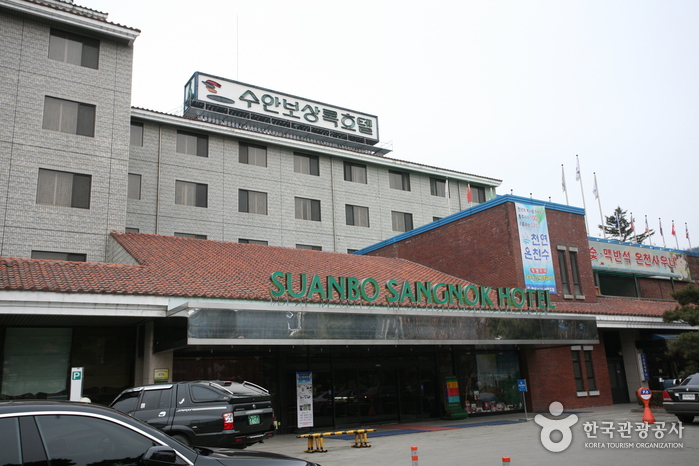
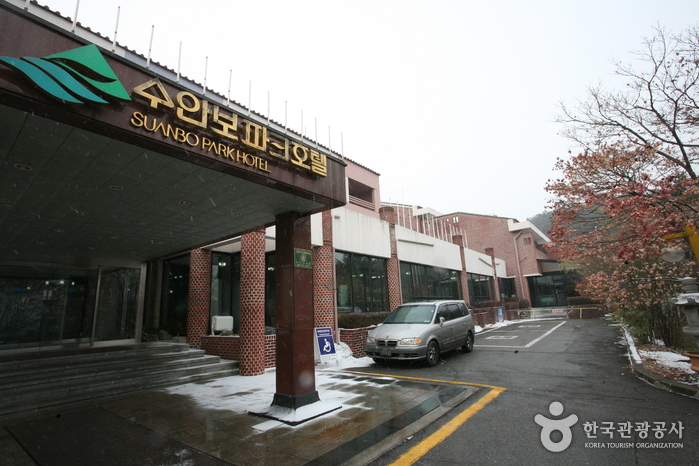
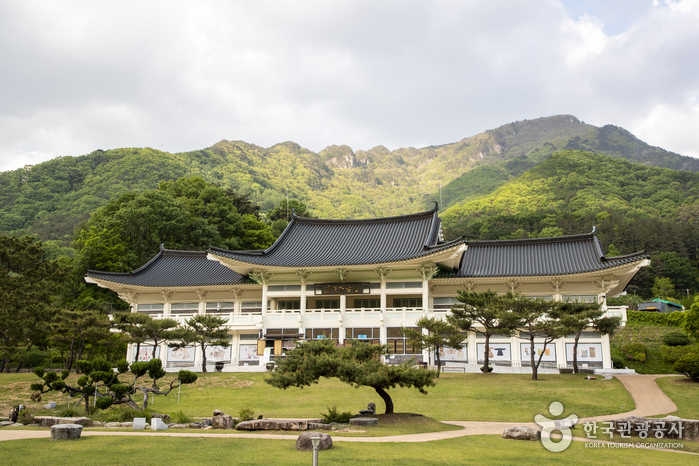
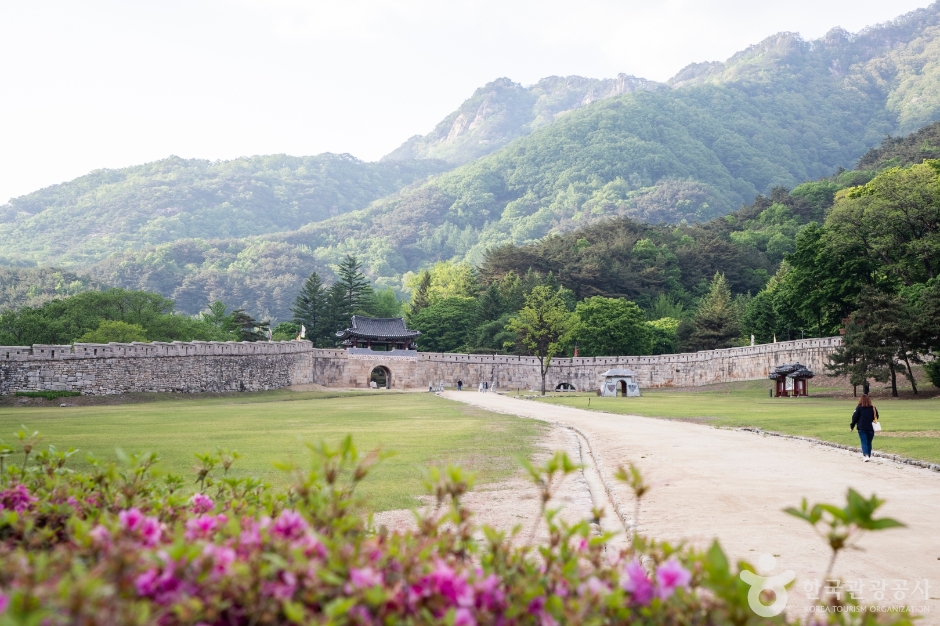
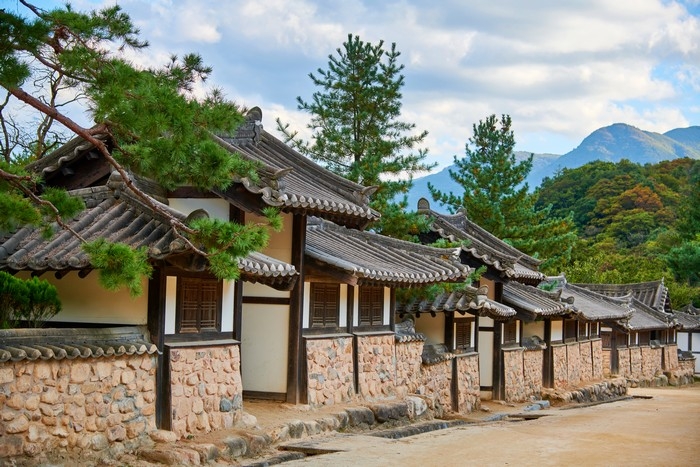
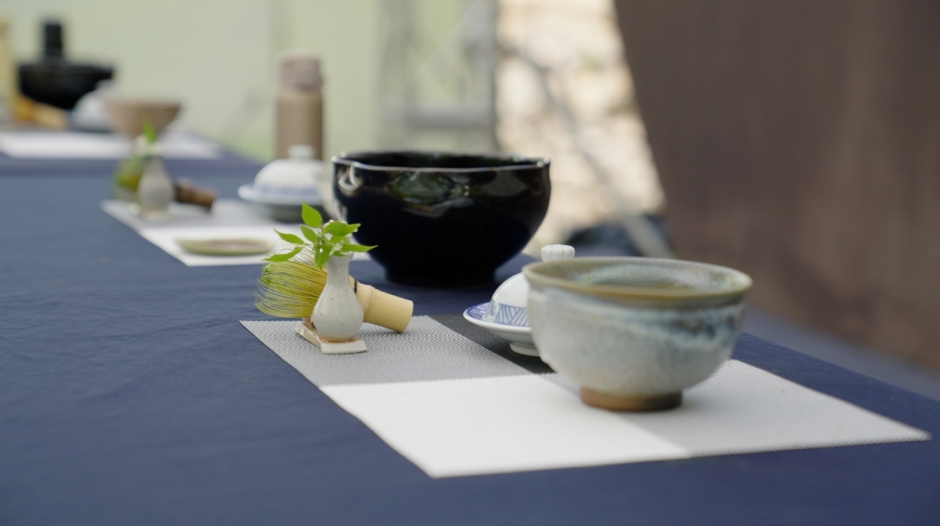
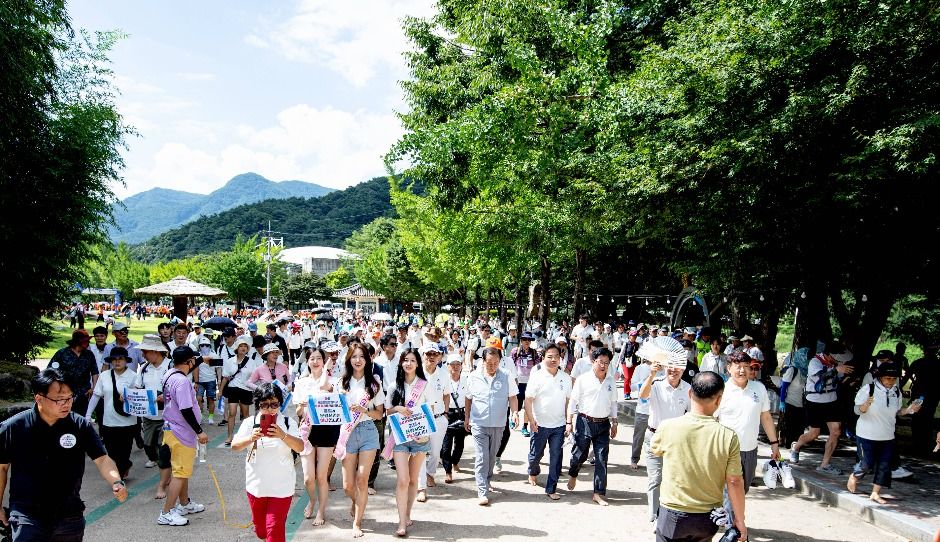
 Español
Español
 한국어
한국어 English
English 日本語
日本語 中文(简体)
中文(简体) Deutsch
Deutsch Français
Français Русский
Русский